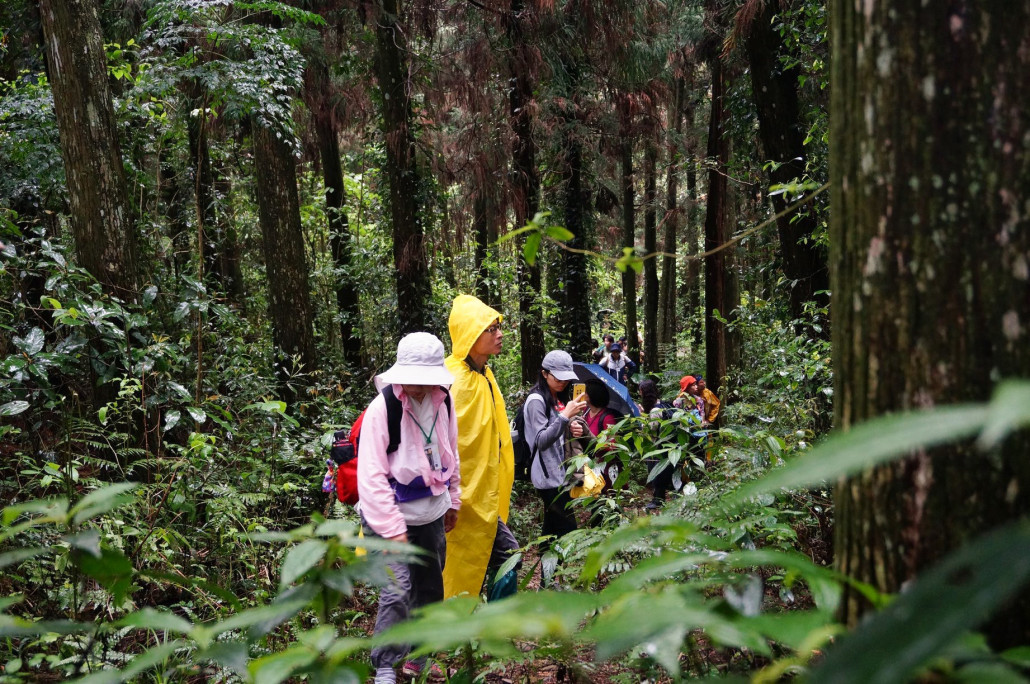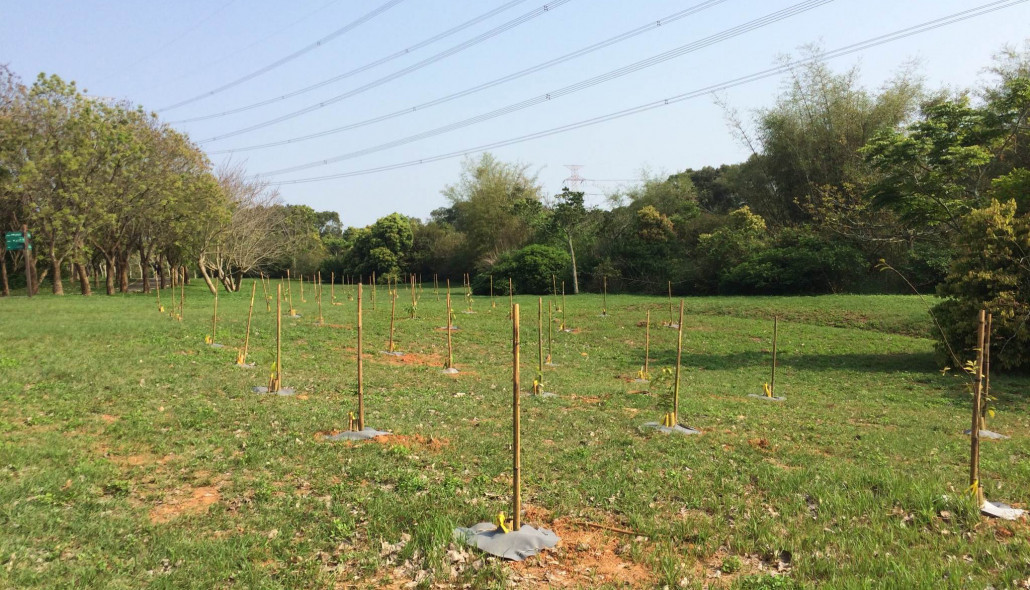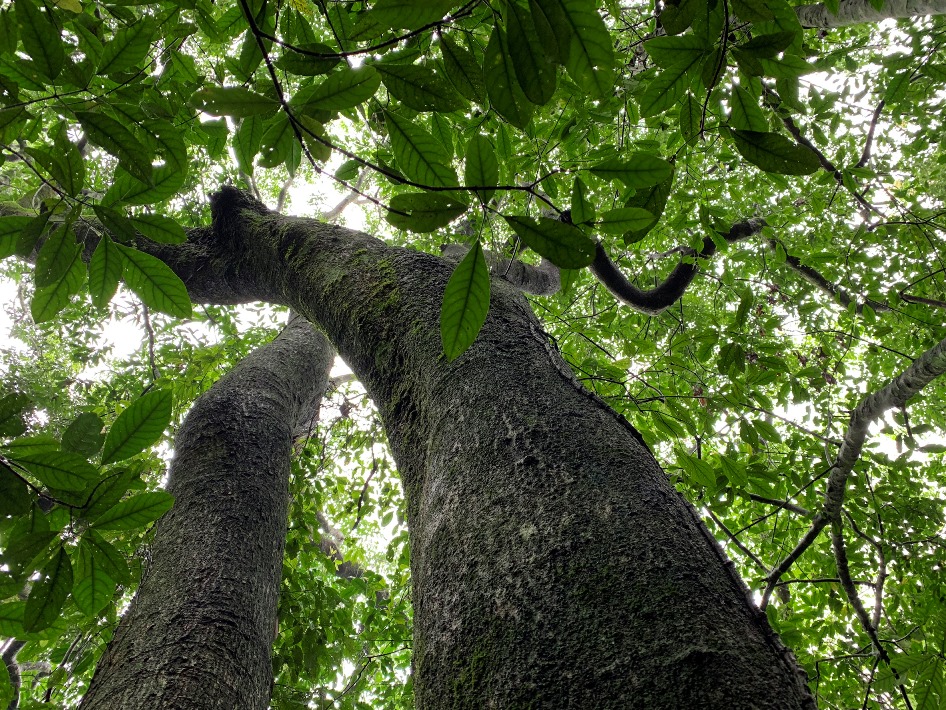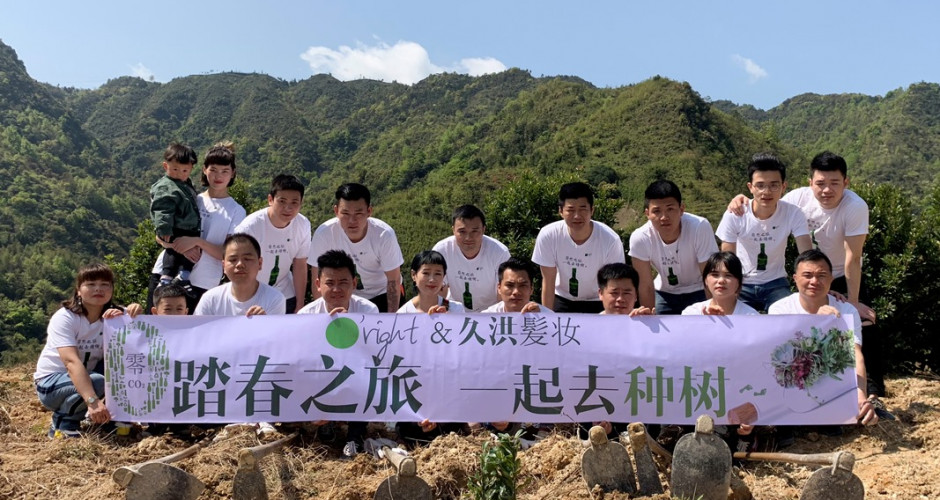Forest restoration can be traced back to as early as the 1980s, where various sectors began to show concern for biodiversity issues. However, making forest restoration a common goal requires years and years of efforts. It wasn’t until in 2015 that the United Nations embedded biodiversity into the 2030 Agenda for Sustainable Development, which many world leaders have adopted and are implementing.
Forests are the key to maintaining biodiversity
On a rainy afternoon in May, we took a trip to Dadu Mountain in Taichung. The air smelled like soil and the forest. Basking in the glory of nature, the Executive Director of the Taiwan Reforestation Association Tsai Chih-hao asked us, “Do you know what biodiversity means?” When it comes to biodiversity, the more doesn’t necessarily mean the better. Only native species contribute to regional biodiversity. The environment and climate vary from once place to another, meaning the species of one place are naturally different to those of another. Despite being situated at an altitude similar to that of Linkou and Yangmingshan, they differ greatly in the biodiversity of species. The same can be said for Taiwan and the Amazon River, which is known for its rich biodiversity.

Walking into the woods allow people to reflect on the deforestation issue and the actions that can be taken
Each species has a key role in the ecosystem, which is the glue that helps maintain a good ecological balance. Tsai Chih-hao gave an example: a big tree can provide shade to plants, which can serve as food for other living species; during this process, the seeds may be moved to another area where they will sprout new life.
We protect biodiversity to maintain ecological balance. Since its establishment 4 years ago, the Taiwan Reforestation Association has been dedicated to using their professional knowledge in the academic field to protect the forests and improve ecological well-being through the government and public.
Restoring Dadu’s forests
As we walked further into the forests, we saw new trees sprouting from the soil, which are part of the Taiwan Reforestation Association’s restoration plan. For the past decade, old-growth forests of Dadu Mountain have been facing major threats due to poor forest management logging. Statistics show that Dadu Mountain is currently home to approximately 30 species; however, when Tsai Chih-hao was going through the specimen records of the Japanese rule period, he found that there once were 80 species of old-growth trees native to Dadu Mountain. Then, comparing Dadu to the neighboring forests, he deduced that Dadu should actually be home to up to 112 old-growth tree species, meaning that nearly 80% of tree species have vanished since then.
Forests are disappearing, but how will it affect us? Dadu Mountain, for instance, is the lung of Taiwan, providing us with clean and pure air to breathe and increasing soil’s ability to retain water. Forests help maintain ecological balance and play a major role in climate change mitigation.
In April, the Taiwan Reforestation Association lead a team including governmental and non-governmental organizations to Dadu Mountain and planted 300 seedlings of 60 species as the start of the restoration plan. When the trees grow, other plants and organisms can also grow under its protection, thus contributing to the biodiversity of the land. “We are all connected on this earth. Protecting the forests is a way of life for us, the people who live on earth,” Tsai Chih-hao said.
Co-existing with nature
Dadu Mountain is not the only place that is undergoing change. An indigenous Rukai couple from Pingtung County in the southern part of Taiwan, Sula Sukimadimi and his wife have dedicated themselves to restore forest land. Due to their affection for and connection with this piece of land, they know where each species belong. “We may not know a lot, but we know trees; we have an intuition when it comes to planting trees,” the couple said. They insist on planting trees in the ground they originally grew from because they grew up learning to protect trees and live in harmony with nature. The fruits they grow from the trees can be harvested by their people or eaten by animals. When Rukai people hunt for wild animals, they do so without impacting the food chain. They believe that as people co-existing with nature they have the obligation to do the right thing.
Forest conservation and ecological concepts are gaining attention worldwide. The Brazilian government introduced the Action Plan for Deforestation Prevention and Control in the Legal Amazon (PPCDAm), an environmental policy to reduce deforestation in the Amazon forest by integrating action across different government institutions and implementing monitoring activities. The government designated several protected areas in the Amazon and blacklisting municipalities with critical rates or deforestation (the “federal blacklist”). Their efforts which significantly contributed to the decrease of deforestation rates have been acknowledged around the world and hope to raise awareness on deforestation.




